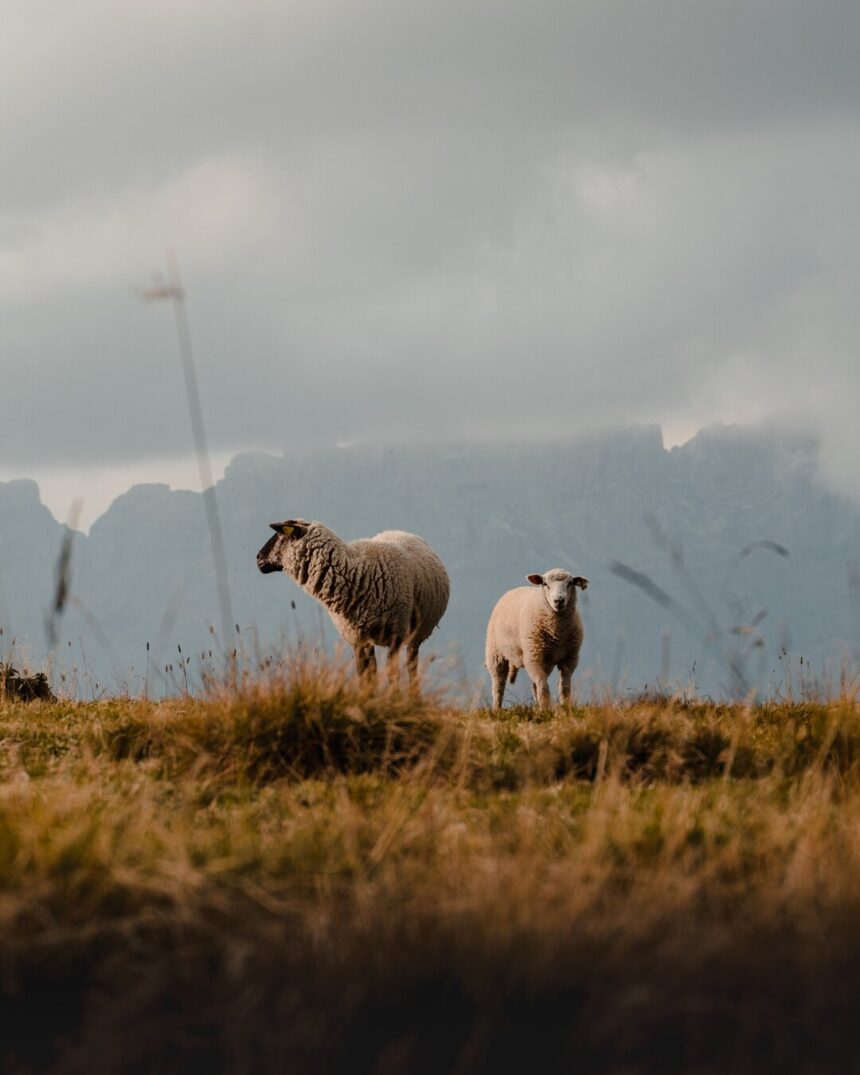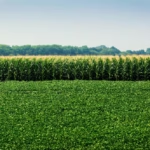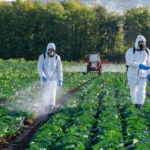Southdown sheep, known for their distinctive appearance and excellent meat quality, have gained popularity among farmers in South Africa. With their compact size, easy handling, and efficient conversion of pasture into high-quality meat, Southdown sheep offer numerous benefits to livestock producers. Whether you’re considering breeding Southdown sheep or already have a flock on your farm, it’s essential to understand the unique characteristics and requirements of this breed. In this article, we’ll explore 10 key things you should know about breeding and farming Southdown sheep in South Africa.
- Origin and History:
Southdown sheep originated in England, where they were first bred in the 18th century. They were later imported to South Africa, where they adapted well to local grazing conditions and became popular among farmers for their meat quality and versatility. - Appearance:
Southdown sheep are known for their compact, blocky build, with a deep body and short legs. They have a distinctive “down” fleece, which is dense, fine, and lustrous, giving them a neat and tidy appearance. - Meat Quality:
Southdown sheep are prized for the quality of their meat, which is tender, flavorful, and well-marbled. Their carcasses have excellent conformation and yield, making them highly sought after by consumers and producers alike. - Temperament:
Southdown sheep are known for their calm and docile temperament, making them easy to handle and manage. Their gentle nature makes them suitable for both experienced farmers and those new to sheep farming. - Adaptability:
Southdown sheep are adaptable to various environmental conditions and management systems. They thrive in both extensive and intensive farming systems and can withstand harsh climates, making them well-suited to South Africa’s diverse landscapes. - Grazing Management:
Southdown sheep are well-suited to grazing-based production systems. They efficiently convert pasture into high-quality meat and can graze on a wide range of forages, including grasses and legumes. - Reproduction and Lambing:
Southdown ewes are known for their good reproductive performance and maternal instincts. They typically have a high lambing percentage and are capable of producing multiple lambs per breeding season. - Health and Welfare:
Ensuring the health and welfare of Southdown sheep is essential for sustainable farming practices. Regular veterinary care, vaccination programs, and parasite control measures are crucial for maintaining flock health and productivity. - Breeding Objectives:
When breeding Southdown sheep, farmers typically aim to improve traits such as growth rate, meat yield, fertility, and maternal instincts. Selective breeding programs focus on producing lambs that meet market demands while maintaining breed standards. - Market Opportunities:
There is a growing demand for Southdown lamb both domestically and internationally. Farmers can capitalize on market opportunities by producing high-quality lamb that meets consumer preferences for taste, tenderness, and sustainability.
Breeding and farming Southdown sheep in South Africa offer numerous benefits for livestock producers. With their excellent meat quality, adaptability, and docile temperament, Southdown sheep are an excellent choice for both small-scale and commercial farming operations. By understanding the key aspects of breeding and managing Southdown sheep, farmers can maximize productivity, profitability, and sustainability in their sheep enterprises.








